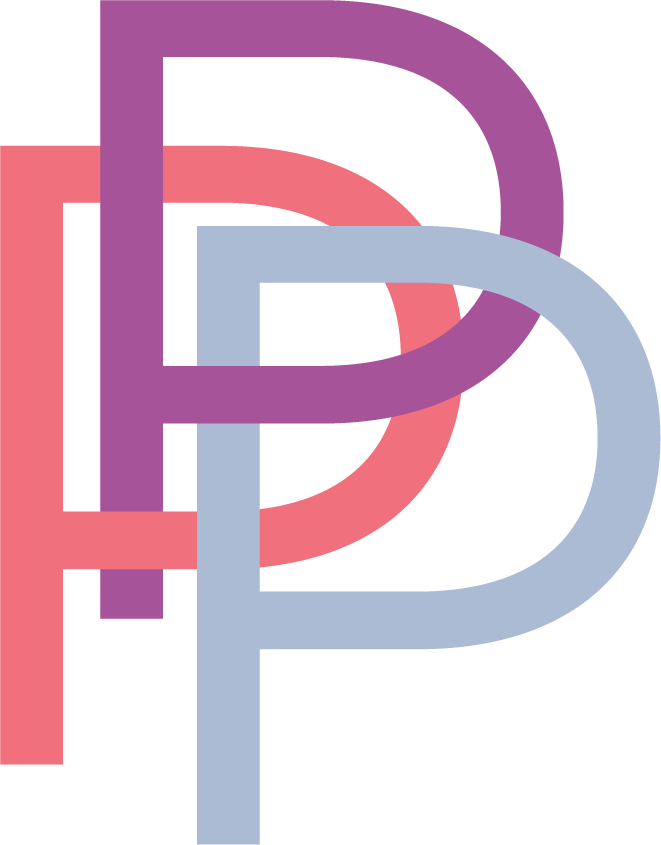Retirement Savings Options: 2 to consider

Though massages and mani-pedis are always great, one important form of self-care that you may be overlooking is taking the necessary steps now to set Future You up for financial success: starting and funding a retirement savings plan. If you’re launching your career (or re-launching a new career), retirement may seem like a far-off issue. But in fact, evaluating and implementing retirement savings options is actually an important part of going into business for yourself.
If you worked for bigger companies or group practices in the past, you may have had the opportunity to set aside income in a 401(k) or 403(b) account. But now that you’re a solo practitioner and it’s no longer an automatic part of your benefits package, it can be a challenge to set up and contribute regularly to your own retirement savings.
In fact, a recent survey by the Transamerica Center for Retirement Studies found that about 30% of self-employed people aren’t saving at all for their retirement, and of those who are saving, many are doing so inconsistently. Don’t be part of that 30%! Your future self will thank you for taking steps now to ensure you’re in a financially comfortable position when you’re ready to start slowing down your career.
The world of personal finance and retirement planning can be very complicated, so we highly recommend speaking with a financial advisor who can give you more personalized recommendations about how to structure your retirement savings. Look for someone with a Certified Financial Planner (CFP®) designation; CFP®s are held to a fiduciary standard, meaning that they are required to act in their clients’ best interest (that’s you!). A CFP® can talk you through your business goals and your financial options and get you on your way to saving for your future. (The association’s website has a way to search for one near you.)
As you’re weighing your retirement savings options, be sure to also consider your future plans for your practice. Do you intend to grow your business and potentially have employees down the line? Are you happy with your solo setup, and do you plan to keep your business that way? How much risk are you comfortable with in your financial life? Think through these questions in advance of a meeting with a financial advisor. That way, the advisor will be even better able to help steer you towards the retirement savings vehicle that’s best for you.
Retirement Savings Options: SEP-IRA
The simplest retirement savings option for most self-employed people will likely be a SEP-IRA, which stands for Simplified Employee Pension Individual Retirement Arrangement (see, simplified is right there in the name!). A SEP-IRA is a tax-deferred account, meaning you do not pay taxes on the money until you withdraw it in your retirement years.
Unlike a Roth-IRA, a SEP is not income-restricted. Therefore, as your practice (and your income) grows, you will not need to worry about hitting an income threshold at which you’re no longer allowed to contribute to your account.
A big advantage of a SEP-IRA is that you can contribute a large amount of your income into it every year. This means that if you have healthier financial years, you could increase your savings to make up for your leaner years, or that if you’re getting to the savings game a bit later, you can hopefully catch up more quickly. In 2023, the maximum contribution is whichever is lower: 25% of your salary or $66,000.
One thing to note about a SEP is that if you do have employees, you must contribute to their accounts at the same rate as you contribute to your own. If you’re on your own right now but plan to add employees in the future, you may want to consider the rate at which you’d be comfortable contributing to your future employees’ retirement funds.
Self Employed Retirement Plans: Solo 401(k)
A Solo 401(k) may sound familiar already, as it is similar to the retirement savings that larger companies can offer their employees. This option provides some additional features to small business owners, like the ability to borrow from your own savings. Like the SEP, a Solo 401(k) allows you to contribute pre-tax income, which lowers your taxable income for that year. Unlike the SEP, a Solo 401(k) treats you as both the employer and the employee, which allows you to contribute in two ways: both as the employee and as the employer. As the employee, the maximum contribution for 2023 is $22,500; in addition, as the employer, you can contribute up to 25% of the employee’s (your) compensation.
But if you do have actual employees (other than your spouse), a Solo 401(k) is not an option for your business. So if you plan to have a larger practice in the future, it will likely not be worth the effort and expense of setting up this plan for yourself. (Setting up a retirement plan for a larger business is a blog post for another day!)

Whatever retirement savings plan you choose, the most important piece of the puzzle is committing to making regular contributions – at least 10% of your income, according to many experts. We recommend automating this process as much as you can, to make saving as easy as possible for yourself.
As we said earlier, don’t hesitate to reach out to a financial advisor to help guide you in your decision-making. There are a lot of considerations to mull over, and having someone dedicated to helping you think through your business and your future can be a huge benefit. Your practice and your needs may change over time as well, and an advisor can help you continue to invest in yourself and your growing business.
And of course, once you’ve established your retirement savings and made sure you’ll continue to fund it, don’t forget to give your current self a treat as a thank you from your future self! You’ve earned it.






